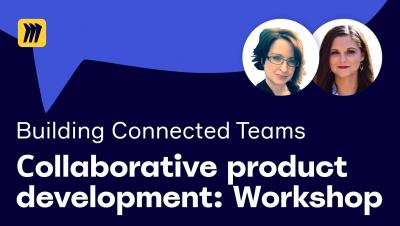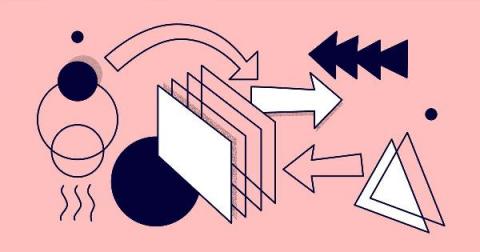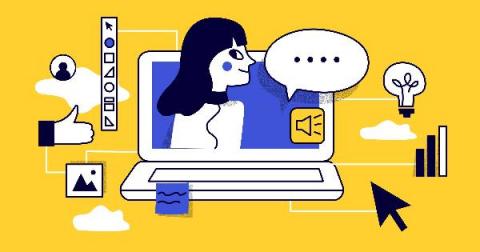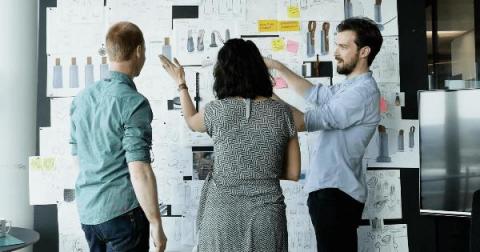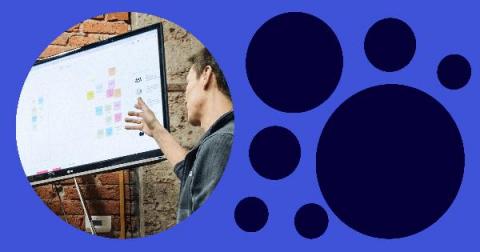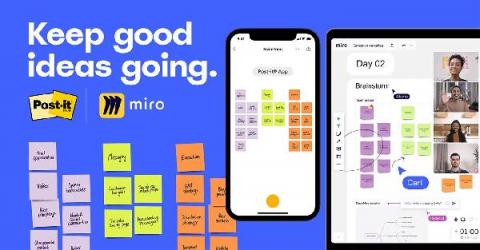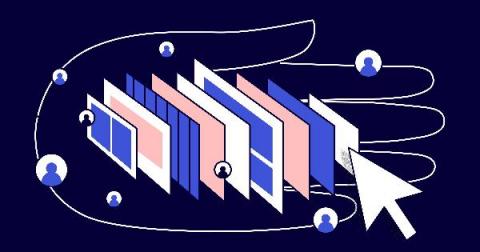Teams | Collaboration | Customer Service | Project Management
March 2021
Facilitating collaborative product development: Panel
Facilitating collaborative product development: Workshop
What is a concept map? Here's everything you need to know
Think about something that’s seemingly simple — like a sandwich, for instance. It seems straightforward enough, right? But now, push yourself to start thinking about everything that relates to a sandwich. What ingredients are used to make it? Who eats sandwiches? How are they made? Suddenly you’re bursting with all sorts of topics related to sandwiches, but there’s no rhyme or reason for how those different ideas are related to one another.
How Domain7 uses Miro to "Find the future"
Facilitating remotely? Try these workshop ideas to keep the whole team hooked
Workshops are serious business — they tackle meaty material and move at a brisk pace, so it’s key to keep your team dialed in and following along. That was challenging enough for in-person workshops. For remote workshops, it can feel herculean. But great news — here are some creative ideas, tips, and techniques for grabbing and keeping your team’s attention from afar. Contributing Writer at Miro John Cockrell covers topics for Miro on all things remote collaboration.
How experts put Miro to work
How Miro takes frog from belief to innovation
For over 50 years, the team at frog has harnessed the power of in-person collaboration to help their clients bring new products to market and transform their businesses. Their process and the incredible outcomes they produce have earned them a reputation for excellence. There’s a reason brands like Porsche, GE, and Pfizer turn to Frog to inject new levels of innovation into their product design.
How Miro takes frog from belief to innovation
How to kickstart a startup brand
Learn how to be a better facilitator
3 ways to keep your remote teams engaged
The shift to remote work has disrupted many traditional organizational processes and company cultures. Too many of our day-to-day activities are quite challenging to replicate virtually. Now, shoulder tapping and meetings have become even more of a burden, and it seems more difficult to keep employees feeling happy, appreciated, and engaged with their work and colleagues. The struggle is real.
3 ways to keep your remote teams engaged
The shift to remote work has disrupted many traditional organizational processes and company cultures. Too many of our day-to-day activities are quite challenging to replicate virtually. Now, shoulder tapping and meetings have become even more of a burden, and it seems more difficult to keep employees feeling happy, appreciated, and engaged with their work and colleagues. The struggle is real.
Is remote work working? A one year check-in
As of mid-March, 12 months have officially passed since hundreds of millions of people around the world began working remotely to help slow the spread of the newly emerging coronavirus. What many of us thought might be a month or so of “flattening the curve” has now been a full year of working from our homes, with far-reaching effects on our relationships, processes, and work habits.
Introducing the Post-it Brand x Miro partnership and integration
Everyone has their own tried-and-true methods to jumpstart creativity. For many, the process involves physically writing down ideas on Post-it® Notes and then huddling around the whiteboard to flesh them out with colleagues. But as remote and distributed work environments become the norm, teams need a new way to ideate and collaborate online while still allowing for independent exploration with pen and paper.
Miro for Post-it App Integration
Miro's Flexible Licensing Program
Meet the new templates experience with 60+ new designs
Oh, the blank canvas. While the freedom of a blank slate may be a breath of fresh air for the new year, when you’re in a bit of a bind it can be overwhelming. You can end up spending hours searching for that creative spark and setting everything up just the way you like it from scratch—or you can tap into one of our templates to get the ideas flowing. When we started building templates for the first time, we wanted to give users the quickest of starts.




